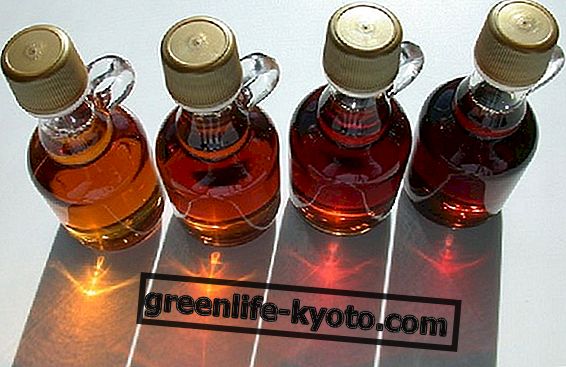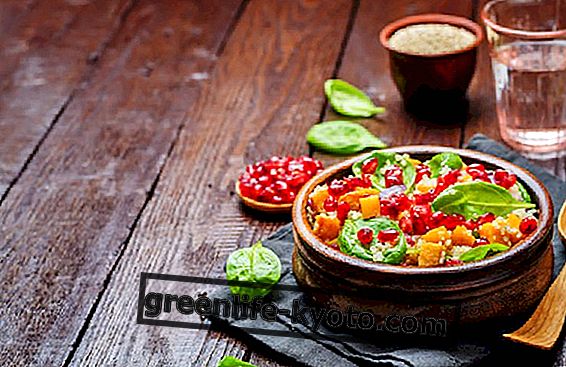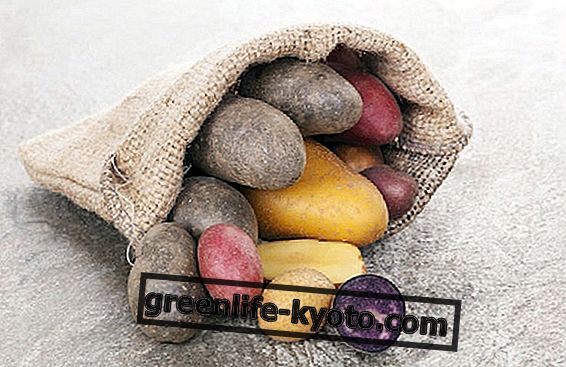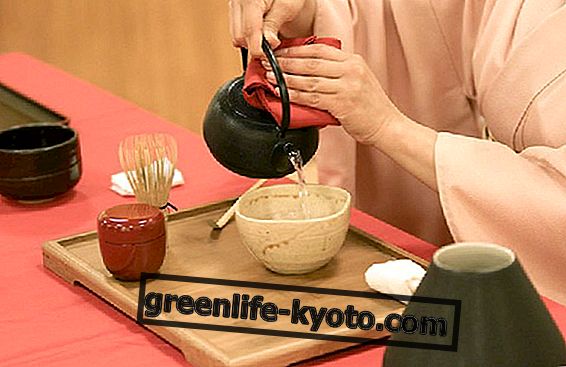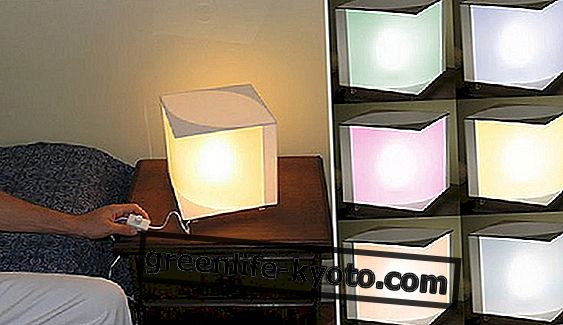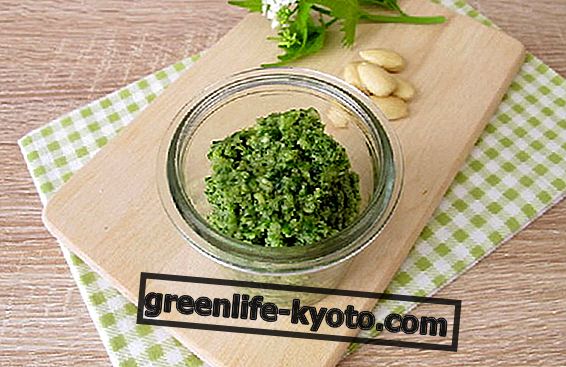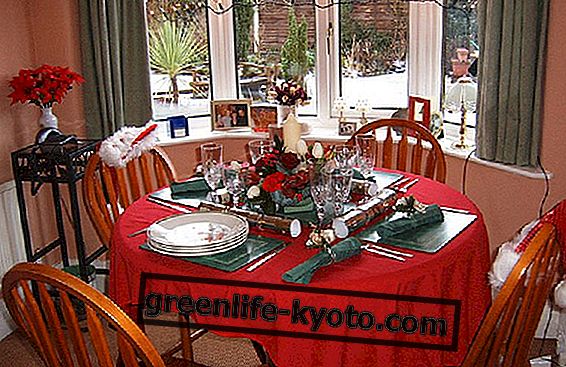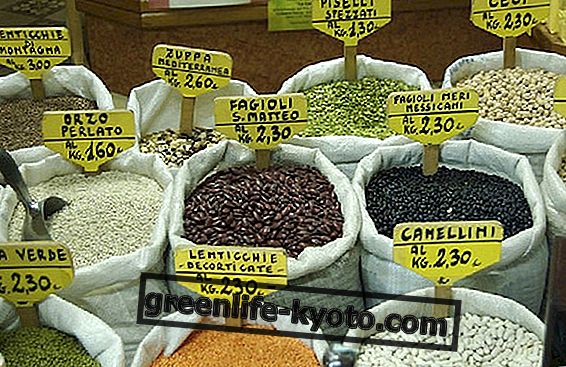
Boil the eggs in the company!
It does not take much to make nice natural decorations and definitely echo with eggs. First of all we must boil them. But not alone! Put the eggs in a large saucepan and cover them with water along with a tablespoon of vinegar. You will then need to get some natural colorants to put in the pot. Where are? But in the pantry of your home! They are coffee and tea, for brown hues; orange peel, turmeric or saffron for yellow; get red beet from the red; for green use spinach ; for the violet the peel of the onion, the black cabbage and the blueberry . Put your natural coloring in the pot and let it boil for about fifteen minutes, and here are your beautiful colored eggs ready! If you want a final glossy effect, just grease the shell with olive oil and let it dry . Pay attention: the boiled eggs must not be left out of the fridge for more than two hours, and they last in the fridge for about a week.
The natural placeholders are stones, candles or origami
Many Easter symbols of popular tradition have a pagan origin and symbolism. First of all the egg, symbol of the life that is born, of the passage from sleep to wakefulness, from winter to spring. It was in fact a pagan tradition to donate eggs, as a sign of good wishes, at the very beginning of spring. Here are some nice and simple ideas to give relatives and friends an egg, a sign of renewal, purity and regeneration . An egg not of chocolate, but made by nature. If you live near a river, take a walk along the banks and pick up some egg-shaped pebbles . Once you have found one for each diner, leave room for your imagination: color them with tempera or watercolors, or if you prefer, leave them in their natural state. Then write the name of the guest on one side, and a wish on the other!
If you prefer that the message of greeting is carried by the classic dove, here are all the details on how to make some nice dove-shaped origami . Make a happy message chirp after having fun learning how to do it, of course all with recycled paper !
Finally, know that even the broken eggs to make the omelette can be reused to make nice Easter candles placeholder. Just be able to break them in two, leaving the base a little high. Then you need to have egg cups in which to put the half egg, resting on the side of the base. Here you have to put a low candle, like tea-lights, or, but it takes longer, to melt the wax and put a wick. To give a green touch, write the names of the guests with a felt-tip pen or tempera on sage, laurel, oak or other leaves.
Colored little thoughts and Sicilian "laments"
Even at Easter it is nice to share thoughts and affection phrases with close friends. For example, write Happy Easter in all languages of the world, for each guest, in a roll of paper tied with string. Or you can write a nice message related to the deep Easter meaning, or purity, life that is born, the regeneration of body and mind. Or take back the Sicilian traditions and get to know together and listen to the incredible contaminations had with the Arab world in the songs of the Complaints, Lamentations, or Lamentations. These are popular polyphonic poetic-musical forms that accentuate the narrative pathos of dramatization and are performed by the so-called "lamintaturi". Today the complaints are performed only during the processions of Holy Week, especially by older people. Very often the texts of the complaints are incomprehensible to the people who listen to them, but what matters is the suggestion and the emotions that they manage to give birth to. I am the Mother's cry of pain for the loss of her son, the scream of humanity for not having understood the Word of Jesus.
